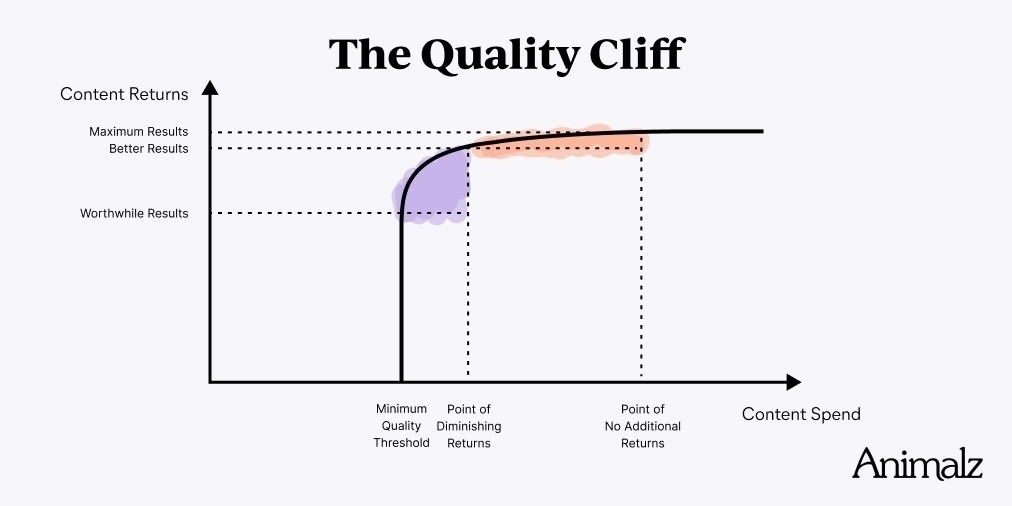Zig to your competitors’ zag and have much success.
contrarian investment funds far outperform their herd-fund rivals in several performance measurements, and that their managers have found ways to gather information that other managers haven’t figured out.
The study was specific to investment funds, but the thinking holds.
Do the same thing as everyone else and get worse results..
Herd behavior benefits the first movers.
People love free samples. Is the marketing opportunity of the future free tastes?
Novel technology intends to redefine the virtual reality experience by expanding to incorporate a new sensory connection: taste.
“The chemical dimension in the current VR and AR realm is relatively underrepresented, especially when we talk about olfaction and gustation. It’s a gap that needs to be filled and we’ve developed that with this next-generation system.”
Free smells too!
via ScienceDaily
Smaller is better. At least when it comes to podcasts for ad performance.
Smaller podcasts consistently are more efficient at driving visitors per impression
smaller podcasts are more effective per dollar spent
smaller shows may have more committed, niche audiences that are more connected to the host
Which makes sense, since podcasts are basically audio-first influencer channels. It’s about audience engagement, not size.
More nuggets:
- 16% of site visits occur within 24 hours of hearing an ad
- 40% within a week
- 80% within 23 days
The Content Quality Cliff
I like this Quality Cliff model from Animalz.

A baseline of quality is needed for any piece of content to “work.” But at some point you’re polishing for the sake of procrastination or perfection, not performance.
Of course, there is no universal benchmark or threshold.
Consistently undervaluing the need for quality risks dismal results; pursuing quality at all costs winds up expensive and over-engineered. You need to evaluate every topic and campaign on a case-by-case basis.
Just like Steve Pratt says about creative bravery:
It is relative to every brand. There’s no universal scale of creative bravery.
What’s creatively brave for you could be a way of thinking about it.
Most of it is thinking about who the end consumer of the content is—whether it’s a podcast or a video or an email newsletter—is this something that they’re actually going to look forward to and appreciate. Is this going to create value for them. Is this something that is coming from you but not about you.
What is a gift we can give that can only come from us that is intended and designed for the people you’re trying to reach?
Stated even clearer:
Is this brave enough to get into the attention fortress?
Using video as an example. There is a minimum viable quality if you want your video to “work.”
TikTok and the rise of “authentic content” has dropped this bar, but it still exists. Lighting, angle, story, and speed are probably the core 4 to hit the minimum.
- Can we see the subject of the video?
- Can we figure out what it is?
- Can we figure out why you made the video? What are you trying to tell us about the subject?
- Is it slow enough that we can keep up but fast enough that we don’t lose interest?
But there’s a lot of ground to cover between that minimum and the maximum of a Super Bowl commercial or branded blockbuster film.
The decision you need to make is: do you need a top 5 Super Bowl commercial this year? Or do you just need a short-form vertical video that will get people to pay attention and maybe engage a bit?
And be clear about why you need what you decide. Whether it’s vanity, cachet, or KPIs. (Or Deb in accounting.)
Minimum viable (for the performance you want) is usually the better choice than maximum available.
Be brave. Or be ignored.
Be weird.
Get Your Freq On
Ad frequency is a common consideration for advertisers (this being the number of times a person is shown the same exact ad).
We know it takes more than one interaction, but how many is too many?
The paper Battle of the Brand: Brand Attachment Inoculates Against the Negative Effects of Ad Repetition has some interesting findings.
The Toleration Range
2-5 ad exposures seems to be the sweet spot before it becomes annoying and negatively impacts brand perception. (At least for traditional media, digital is a different ballgame.)
Brand fans can tolerate a higher frequency.
stronger personal brand attachment slows ad wearout
Identity Threat
The study found that people sometimes perceive repeated ad exposure as a threat to their identity.
Everyone experiences in negative thoughts about a brand as frequency increases. BUT people with strong brand attraction generate more positive thoughts about the brand in response.
Basically an identity protection response by the brain. “I’m a Starbucks person so I can’t be too annoyed by this Starbucks ad.”
The antidote to ad wearout is personal connection.

